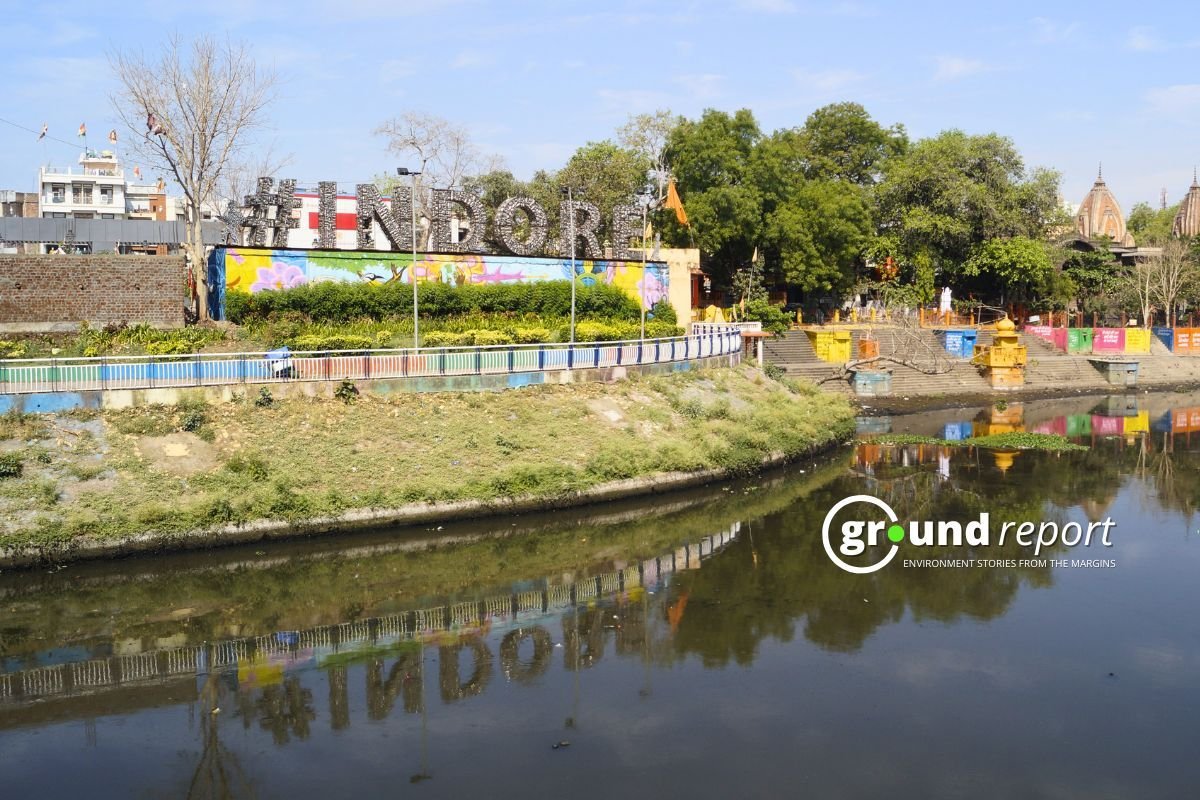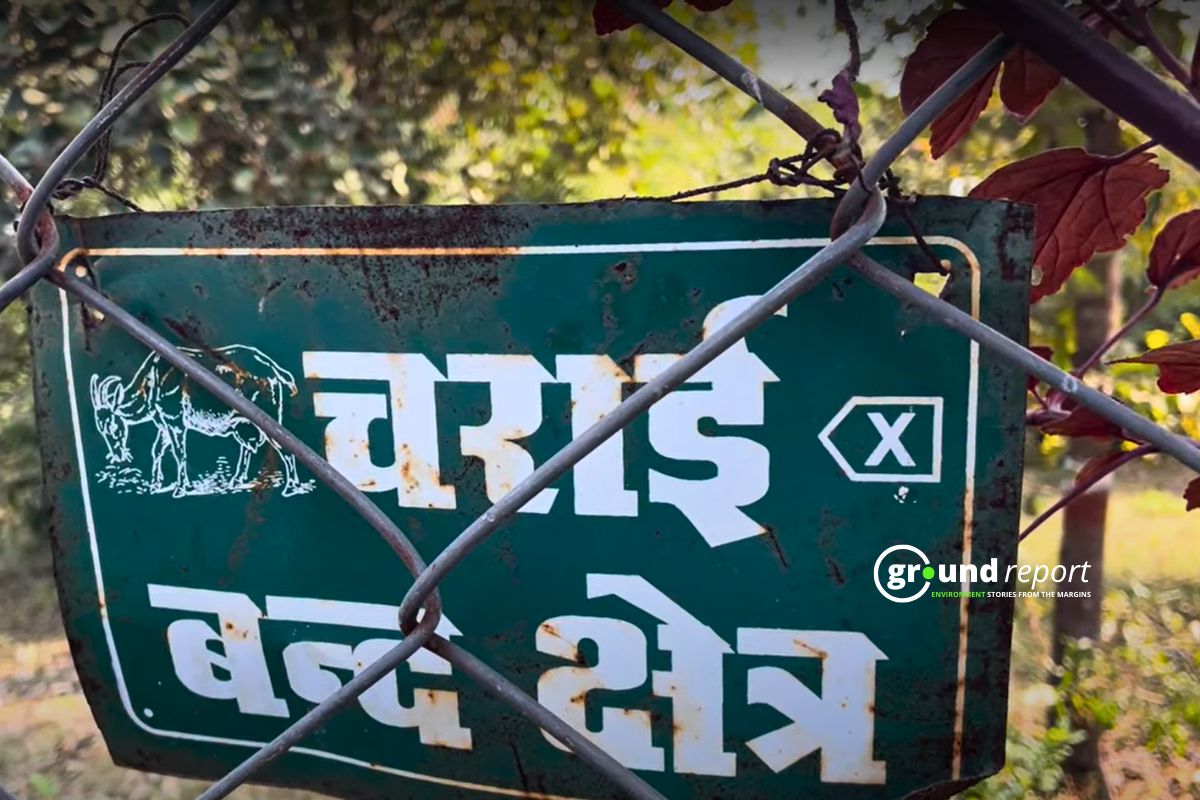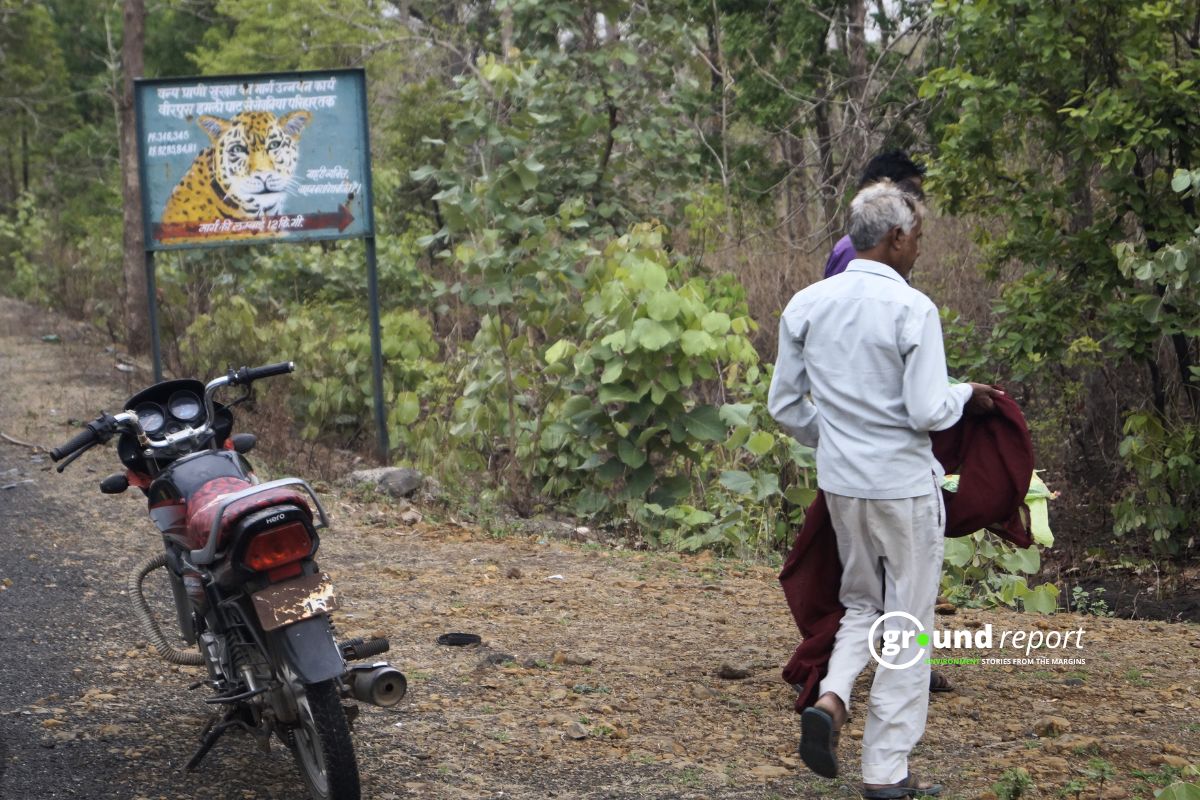Despite extensive measures to curb pollution in Delhi’s transport sector, vehicular emissions remain the city’s top polluter. A recent Centre for Science and Environment (CSE) analysis reveals that motorization, congestion, and inadequate public transport are thwarting efforts to reduce pollution. Even after implementing measures like the largest-ever compressed natural gas (CNG) program, phased removal of old diesel and petrol vehicles, entry restrictions for non-destined trucks, Bharat Stage 6 emission standards, and the push for electric vehicles, private vehicle growth has negated many gains.
Vehicle growth undermines pollution control
Delhi’s transportation issues highlight the need for a new approach. “The mobility crisis cannot hide behind the smokescreen of pollution from farms and other sources,” the CSE report warns, suggesting urgent attention to vehicle pollution to improve air quality. The report stresses the need for a more integrated, efficient, and expanded public transport network, combined with stronger disincentives for private vehicle use.
Delhi’s air pollution remains far above safe levels, despite some efforts. Annual PM2.5 levels improved by 7% in 2023 compared to 2019, but a 60% reduction is needed to meet India’s National Ambient Air Quality Standards. PM2.5 concentrations have risen since 2022, with high average winter levels. In 2023-24, winter PM2.5 averaged 189 µg/m3, a five-year high, reflecting a 9% increase since 2019-20. CSE’s analysis points to a “bigger trapping of high local pollution,” especially in winter when atmospheric conditions worsen pollution.
Initially, farm fires contributed little to Delhi’s pollution this October, averaging 0.7% for PM2.5. However, as stubble burning escalated in late October, it significantly impacted pollution. On October 23, stubble burning contributed 16% of PM2.5 concentrations, reaching 213 µg/m³—a “very poor” air quality level. However, on days with minimal stubble burning impact, local sources—mainly vehicles—kept PM2.5 levels elevated.
Vehicle surge worsens Delhi’s pollution
Delhi’s vehicular pollution crisis stems from a surge in vehicle numbers, especially private cars and two-wheelers. The Economic Survey of 2023-24 revealed Delhi’s vehicle stock reached 7.9 million, with 1,100 two-wheelers and 500 private cars registered daily in 2023-24. With a 15.6% annual growth rate in vehicles, the city’s roads face significant strain, resulting in high congestion and worsening pollution. Vehicles contribute 20-41% of Delhi’s PM2.5 levels, with transport responsible for 81% of nitrogen oxides (NOx) emissions, worsening air quality.
As congestion builds, emissions increase. CSE’s analysis, based on Google Maps data, shows a correlation between low traffic speeds and high NO2 levels. During peak hours, NO2 levels spike as traffic slows, but these levels are lower on holidays with light traffic.
“Vehicles are a major source of nitrogen oxide pollution, especially during peak traffic hours,” the CSE report states, linking vehicle emissions and air pollution peaks. Delhi’s urban sprawl has increased travel distances, pushing people toward private vehicle use.
Delhi has invested in expanding its public transport, but numbers remain insufficient. Buses, expected to be the primary transportation mode, are in short supply. As of July 2024, Delhi had 7,683 buses, below the Supreme Court-mandated goal of 10,000. The city has about 45 buses per 100,000 residents, falling short of the national standard of 60. In comparison, London and Hong Kong have 70-90 buses per 100,000 people.
The shortage has contributed to declining bus ridership, which remains below pre-pandemic levels—25% lower for Delhi Transport Corporation (DTC) buses and 7% lower for cluster buses. Over half of Delhi’s population lives within a 400-meter walk to a bus stop, but high wait times and limited route coverage discourage public transport use. “Long waiting times deter commuters,” CSE points out, noting that about 50% of bus stops report a waiting time over 15 minutes.
Cost barriers to public transport
The high cost of public transport compared to private vehicles is another barrier. According to CSE, bus journeys cost Rs. 40/km, while metro rides cost Rs. 47/km. In comparison, two-wheelers and cars cost Rs. 16/km and Rs. 35/km, respectively. Public transport users spend around 18% of their income on transport, compared to 12% for private vehicle users, making private vehicles a more attractive choice for many commuters.
Delhi’s tax structure favors private vehicle ownership. Public transport vehicles, like buses, incur double the taxes of cab operators and five times that of private car owners over ten years. “A rationalized tax policy based on the ‘polluter pays’ principle is essential to discourage private vehicle use and support public transport,” the CSE analysis recommends.
CSE’s report highlights that Delhi’s mobility crisis stems from inadequate infrastructure, inefficient integration, and delayed regulations. For instance, Delhi’s Supreme Court-mandated Parking Management Area Plan (PMAP) remains underutilized. Parking areas occupy over 10% of Delhi’s urbanized land, worsening road congestion and air pollution.
Parking restrictions, variable pricing, and penalties for illegal parking could reduce congestion and encourage public transport use. However, without citywide PMAP enforcement, these measures remain ineffective. “Variable parking pricing and strong penalties for illegal parking are critical to reduce congestion and reclaim street space,” says CSE.
Some metro stations have started integrating with other transport modes, but efforts are limited. Multi-modal integration and last-mile connectivity enhancements could make public transit more convenient and encourage more people to switch from private to public transport.
Support us to keep independent environmental journalism alive in India.
Keep Reading
Govt shelves elephant census, population drops 20% in 5 years
Wildlife SOS mourns passing of Suzy, 74, oldest rescued Elephant
Asian Elephants display complex mourning rituals similar to humans: study
Asian Elephant populations threatened by rapid ecosystem decline
Follow Ground Report on X, Instagram and Facebook for environmental and underreported stories from the margins. Give us feedback on our email id greport2018@gmail.com.
Don’t forget to Subscribe to our weekly newsletter, Join our community on WhatsApp, and Follow our YouTube Channel for video stories.








